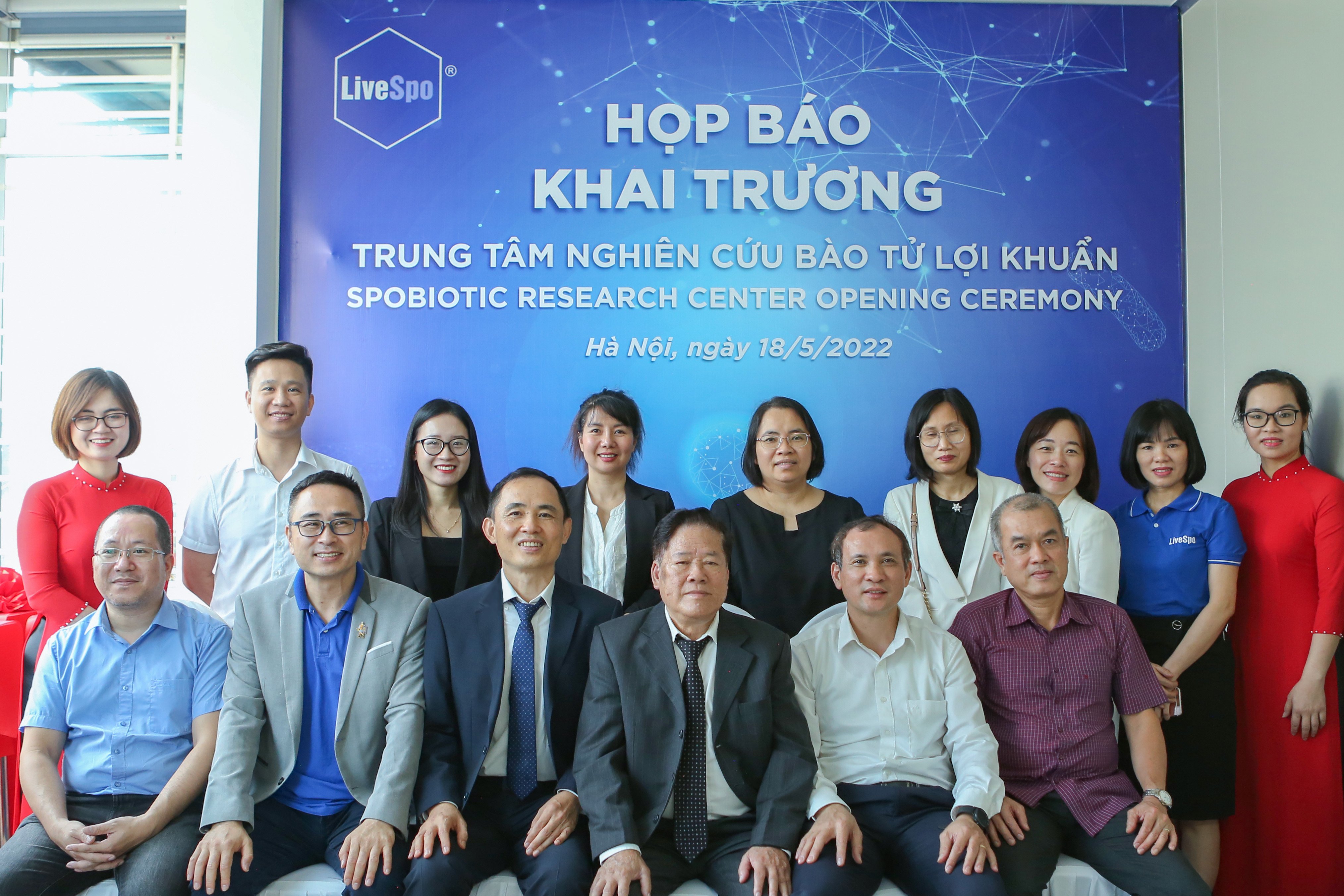 News Release
News ReleaseKadimastem Awarded Patent in Japan for AstroRx® For ALS and Drug Screening
Kadimastem
Kadimastem Ltd. (TASE: KDST), a clinical stage cell therapy company developing a treatment for ALS, exploring one for multiple sclerosis and developing a potential cure for diabetes, has received a patent from the Japan Patent Office for AstroRx ® for the treatment of ALS and drug screening. The patent also protects AstroRx® for the treatment of multiple sclerosis. AstroRx® is comprised of a differentiated cell population of human astrocytes derived from human pluripotent stem cells. The cells are intended to support the central nervous system (brain and spinal cord), impaired by neurological diseases such as ALS and multiple sclerosis, which disrupt voluntary muscle movement. In a first of its kind Phase I/IIa clinical trial, healthy and functioning astrocyte cells (AstroRx®) were injected into the spinal cord fluid of 10 ALS patients in a standard lumbar puncture. Data showed that AstroRx® delayed the progression of ALS by three months in ALSFRS-R measurement in both tested AstroRx doses. In the next clinical trial of AstroRx®, the plan is to test if this three-month effect can be prolonged with repeated doses every three months of the off-shelf product of AstroRx®. Kadimastem remains on track to submit an IND to the FDA before the end of 2022 to begin a multicenter clinical trial of AstroRx® for ALS in 2023 in the U.S. Kadimastem CEO Asaf Shiloni said, “The Japanese patent strengthens our intellectual property and gives our cell therapy products top priority in the very important and large Southeast Asian region of the world. In addition, we are exploring the possibilities of business partnerships with the pharmaceutical industry in Japan, both for AstroRx® for ALS and IsletRx for diabetes.” Kadimastem Chief Scientist Professor Michel Revel said, "Japan is a prominent territory. This patent protects a significant and highly unique technology and provides a solid IP advantage for Kadimastem." The Japanese market is one of the most significant for stem cell-derived cell therapies. Japan has strategic importance in this field, as it is at the forefront of the international community supporting innovation and the development of products in the field of cell therapy. In November 2014, the Japanese Parliament approved a special law 1 to facilitate clinical trials in the field of cellular medicine, with the aim of expediting approvals of intracellular therapies and quickly bringing them to market. Japan has more than 12,000 ALS patients and this number continues to increase as the population ages. The treatment of these patients is currently estimated at an annual $ 1 billion 2. [1] Azuma K. Regulatory Landscape of Regenerative Medicine in Japan. Curr Stem Cell Reports. 2015; 1: 118–128. doi:10.1007/s40778-015-0012-6 [2] Doi et al., J Epidemiol. 2014; 24(6): 494–499. doi: 10.2188/jea.JE20140059. Prevalence of ~0.01 of Japanese population of 125 M (https://worldpopulationreview.com/countries/japan-population) =12,500 About Kadimastem: Kadimastem is a clinical stage cell therapy company, developing and manufacturing "off-the-shelf", allogeneic, proprietary cell products based on its technology platform for the expansion and differentiation of Human Embryonic Stem Cells (hESCs) into functional cells. AstroRx®, the Company's lead product, is an astrocyte cell therapy in clinical development as a treatment for ALS. IsletRx is the Company's second product in development. IsletRx is comprised of functional pancreatic islet cells intended to treat patients with insulin dependent diabetes. IsletRx demonstrated safety and efficacy in a proof-of-concept preclinical study. Kadimastem was founded by Professor Michel Revel, CSO of the Company and Professor Emeritus of Molecular Genetics at the Weizmann Institute of Science. Professor Revel received the Israel Prize for the invention and development of Rebif®, a multiple sclerosis blockbuster drug sold worldwide. Kadimastem is traded on the Tel Aviv Stock Exchange (TASE: KDST). Forward Looking Statement: This document may include forward-looking information as defined in the Securities Law, 5728 – 1968. Forward-looking information is uncertain and mostly is not under the Company's control and the realization or non-realization of forward-looking information will be affected, among other things, by the risk factors characterizing the Company's activity, as well as developments in the general environment and external factors affecting the Company's activity. The Company's results and achievements in the future may differ materially from any presented herein and the Company makes no undertaking to update or revise such projection or estimate and does not undertake to update this document. This document does not constitute a proposal to purchase the Company's securities or an invitation to receive such offers. Investment in securities in general and in the Company in particular bears risks. One should consider that past performance does not necessarily indicate performance in the future. Contact Details Kadimastem Asaf Shiloni +972 73-797-1613 s.bazak@kadimastem.com Must Have Communications Marjie Hadad +1 917-790-1178 marjie@mhc-pr.com Company Website https://www.kadimastem.com/
May 30, 2022 09:10 AM Eastern Daylight Time
Image






